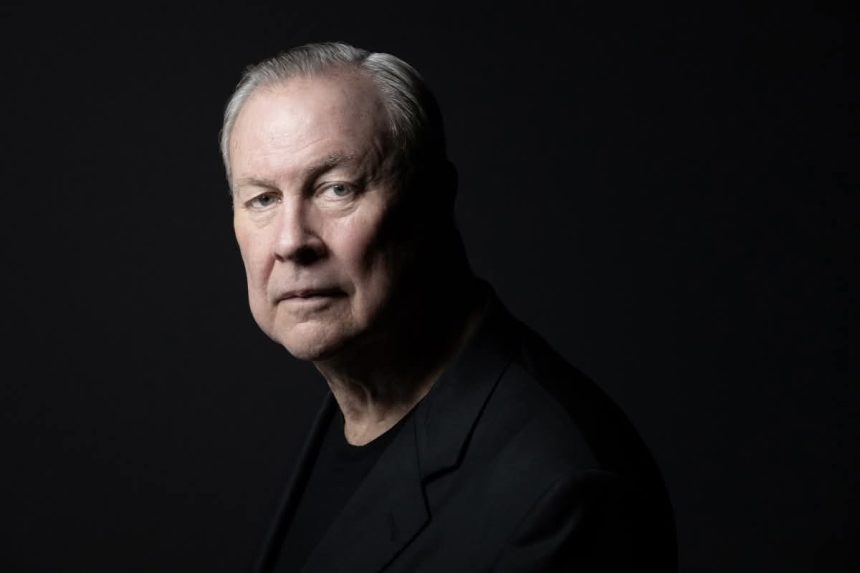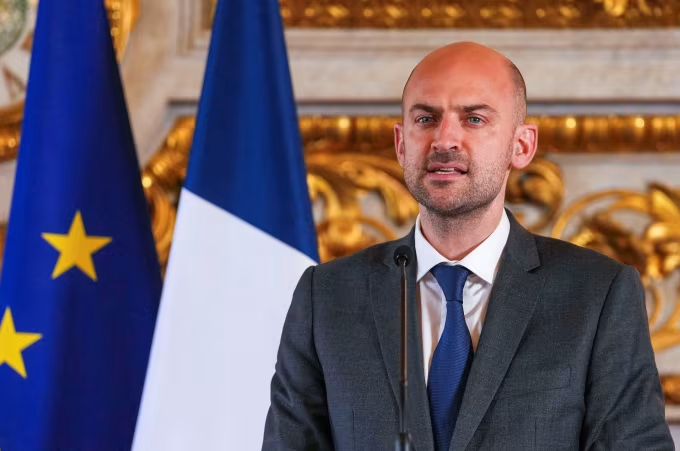Renowned American theatre and opera director Robert Wilson has passed away at the age of 83.
According to a statement released on his official website, Wilson died peacefully on July 31, 2025, at his residence in Water Mill, New York, following a brief illness.
“Robert Wilson died peacefully today… after a brief but acute illness,” the statement read. “While facing his diagnosis with clear eyes and determination, he still felt compelled to keep working and creating right up until the very end.”
Wilson was internationally acclaimed for transforming traditional theatre and opera through his innovative use of minimalist aesthetics, lighting, and movement. His groundbreaking approach to stagecraft often drew on influences from Asian performance styles, and his works were celebrated for their dreamlike visual language.
Though admired globally, Wilson had a particularly strong connection to France, a country he once described as giving him a “home.” His first major success came in 1971 with Deafman Glance (Le Regard du Sourd), a silent, seven-hour piece that debuted at the Nancy Festival and later moved to Paris. The production was inspired by a deeply personal encounter in 1967, when Wilson witnessed a deaf and mute Black teenager, Raymond Andrews, being assaulted by a police officer. Wilson would later adopt the boy.
Theatre enthusiasts will remember Einstein on the Beach (1976), Wilson’s revolutionary five-hour opera created in collaboration with composer Philip Glass. The work eschewed conventional narrative and sought instead to convey Einstein’s influence on the perception of space and time through dance, music, and imagery.
“Einstein on the Beach broke every rule we knew in opera,” one critic noted. “Wilson didn’t just challenge the form — he redefined it.”
Wilson’s artistic reach extended beyond the theatre. He collaborated with a variety of icons across different disciplines, including Tom Waits, ballet legend Mikhail Baryshnikov, actress Isabelle Huppert in Orlando, and even pop star Lady Gaga, with whom he created video portraits displayed at the Louvre.
Born on October 4, 1941, in Waco, Texas, Wilson grew up performing in his family’s garage. Despite struggling academically and battling a severe stutter — later improved through therapy involving dance — he went on to become a leading figure in avant-garde theatre. After moving to New York in his twenties, he found himself drawn to experimental art scenes, influenced by the likes of Andy Warhol, John Cage, and choreographer Martha Graham.
In 1992, he founded The Watermill Center, a laboratory for performance and interdisciplinary art on Long Island, which became a hub for nurturing emerging talent.
“He wasn’t just a creator — he was a mentor,” said one of his long-time collaborators. “His legacy isn’t just in his productions, but in the many young artists he empowered.”







